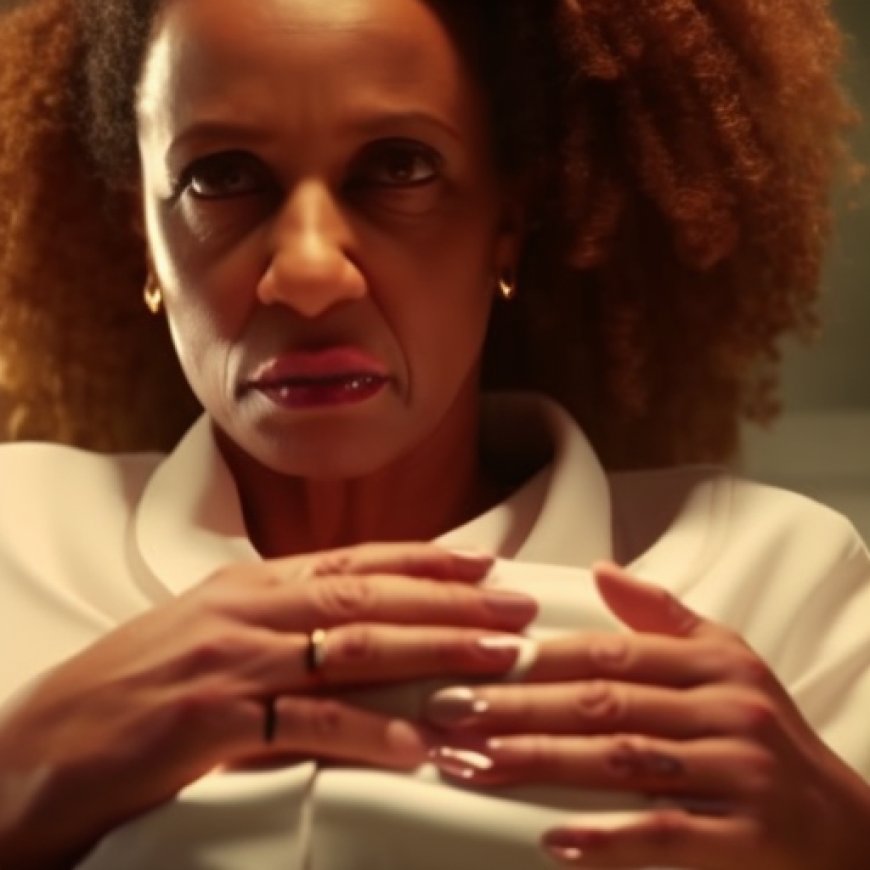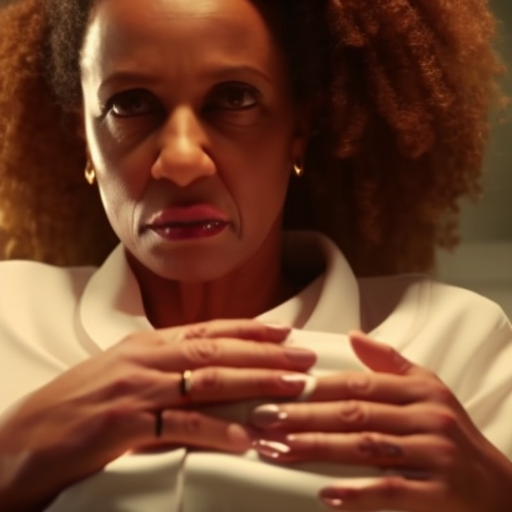Criminal offences relating to female genital mutilation in NSW – Crime – Australia
Criminal offences relating to female genital mutilation in NSW ... Mondaq News Alerts


Female Genital Mutilation: Understanding the Offence and Legal Defences
Introduction
Published on 02 August 2023 by Sydney Criminal Lawyers
On 16 October 2019, the highest court in Australia upheld the convictions of three people who had been found guilty of mutilating the genitals of two girls aged six and seven in New South Wales, in a barbaric practice that has been part of a range of ethnicities, cultures and religions for thousands of years.
The Sustainable Development Goals (SDGs)
The Sustainable Development Goals (SDGs) are a set of global goals established by the United Nations in 2015 to address various social, economic, and environmental challenges. Goal 5 of the SDGs specifically focuses on achieving gender equality and empowering all women and girls. Female genital mutilation is a violation of human rights and directly contradicts the principles outlined in Goal 5.
What is female genital mutilation?
Female genital mutilation (FGM) comprises procedures that involve partial or total removal of the external female genitalia, or other injury to the female genital organs for non-medical reasons.
The World Health Organisation classifies four major types of FGM:
- Type 1 involves the partial or total removal of the clitoral glans (the external and visible part of the clitoris, which is a sensitive part of the female genitals), and/or the prepuce/clitoral hood (the fold of skin surrounding the clitoral glans).
- Type 2 involves the partial or total removal of the clitoral glans and the labia minora (the inner folds of the vulva), with or without removal of the labia majora (the outer folds of skin of the vulva).
- Type 3 involves ‘infibulation’, this is the narrowing of the vaginal opening through the creation of a covering seal. The seal is formed by cutting and repositioning the labia minora, or labia majora, sometimes through stitching, with or without removal of the clitoral prepuce/clitoral hood and glans.
- Type 4 includes all other harmful procedures to the female genitalia for non-medical purposes, e.g., pricking, piercing, incising, scraping and cauterising the genital area.
FGM is often performed for perceived ‘health’ or ‘hygiene’ purposes however it has no health benefits and harms girls and women immensely. The practice removes and damages healthy and normal female genital tissue, and interferes with the natural functions of girls’ and women’s bodies.
The offence of female genital mutilation in New South Wales
Section 45 of the Crimes Act 1900 contains the prohibition on female genital mutilation in New South Wales, providing that it is an offence for a person to:
- Excise, infibulate or otherwise mutilate the whole or any part of the labia majora or labia minora or clitoris of another person; or
- Aid, abet, counsel or procure a person to perform any of those acts on another person.
The offence carries a maximum penalty of 21 years’ imprisonment. The fact that the person consents to the procedure is not a legal defence, regardless of whether the person is a child or adult. Similarly, the fact that female genital mutilation is a recognised cultural or religious practice is similarly no legal defence in New South Wales. The Act does, however, provide for an exception where the procedure is performed by a medical practitioner and is necessary for a person’s health. The exception may encompass measures related to the process of labour or birth, as well as potentially extending to sex reassignment procedures.
‘Any extent of injury’ amounts to female genital mutilation, including body modification
The High Court of Australia found in the case of Magennis and Vaziri that ‘any extent of injury’ to the genitals of a female can amount to female genital mutilation for the purposes of section 45 of the Crimes Act 1900.
In that case, the six and seven-year old girls’ mother, a nurse and a religious leader were found to be part of a ‘joint criminal enterprise’ to perform a ceremony known as ‘khatna’, whereby the nurse ‘nicked’ each girl’s clitoral hood with a sharp implement. Family members were present during the procedures.
Mr Vaziri’s accessorial liability arose from being the head cleric and spiritual leader of the Dawoodi Bohra community in Sydney – of which the mother and nurse were members – and that he “encouraged… community members to deceive investigators concerning the community’s attitude to female genital mutilation”.
One of the trio’s grounds of appeal to the High Court was that the procedure did not result in lasting physical injury to the girls. However, the Court disagreed, finding that a procedure does not need to be lasting or permanent to be captured by section 45.
In a subsequent case, and relying on the decision in Magennis and Vaziri, body modification artist Brendan Russell was sentenced to 10 years’ imprisonment for, amongst more serious charges, excising the labia of a woman who sought out his services for body modification purposes.
The offence of removing a person for female genital mutilation
Section 45A of the Crimes Act 1900 makes it a criminal offence to remove a person from New South Wales for the purpose of female genital mutilation.
The offence applies where a person takes or arranges another person to be taken out of state with the intention of having female genital mutilation performed on that person.
The offence carries a maximum penalty of 21 years’ imprisonment. A presumption exists under the Act that an accused intended the person removed to be subject to an FGM procedure if:
- The accused took the person, or arranged for the person to be taken, from the State, and
- Female genital mutilation was performed on the person while outside the State.
Once again, the consent of the female involved is irrelevant to the prosecution of this offence.
Legal defences to the charge
In the event evidence of an available legal defence to a charge of female genital mutilation is raised, the prosecution then bears the onus of disproving that defence beyond a reasonable doubt.
If the prosecution is unable to do this, the defendant is entitled to an acquittal. Legal defences to genital mutilation charges include duress, self-defence and necessity.
The content of
SDGs, Targets, and Indicators Analysis
1. Which SDGs are addressed or connected to the issues highlighted in the article?
The SDGs that are addressed or connected to the issues highlighted in the article are:
- SDG 5: Gender Equality
- SDG 10: Reduced Inequalities
- SDG 16: Peace, Justice, and Strong Institutions
2. What specific targets under those SDGs can be identified based on the article’s content?
The specific targets under the identified SDGs are:
- SDG 5.3: Eliminate all harmful practices, such as child, early and forced marriage and female genital mutilation.
- SDG 10.2: By 2030, empower and promote the social, economic and political inclusion of all, irrespective of age, sex, disability, race, ethnicity, origin, religion or economic or other status.
- SDG 16.2: End abuse, exploitation, trafficking and all forms of violence against and torture of children.
3. Are there any indicators mentioned or implied in the article that can be used to measure progress towards the identified targets?
The following indicators can be used to measure progress towards the identified targets:
- Number of reported cases of female genital mutilation
- Number of convictions for female genital mutilation
- Number of awareness campaigns and educational programs on the harmful effects of female genital mutilation
- Level of social, economic, and political inclusion of marginalized communities
- Number of reported cases of abuse, exploitation, and violence against children
Table: SDGs, Targets, and Indicators
| SDGs | Targets | Indicators |
|---|---|---|
| SDG 5: Gender Equality | Target 5.3: Eliminate all harmful practices, such as child, early and forced marriage and female genital mutilation. | – Number of reported cases of female genital mutilation – Number of convictions for female genital mutilation – Number of awareness campaigns and educational programs on the harmful effects of female genital mutilation |
| SDG 10: Reduced Inequalities | Target 10.2: By 2030, empower and promote the social, economic and political inclusion of all, irrespective of age, sex, disability, race, ethnicity, origin, religion or economic or other status. | – Level of social, economic, and political inclusion of marginalized communities |
| SDG 16: Peace, Justice, and Strong Institutions | Target 16.2: End abuse, exploitation, trafficking and all forms of violence against and torture of children. | – Number of reported cases of abuse, exploitation, and violence against children |
Behold! This splendid article springs forth from the wellspring of knowledge, shaped by a wondrous proprietary AI technology that delved into a vast ocean of data, illuminating the path towards the Sustainable Development Goals. Remember that all rights are reserved by SDG Investors LLC, empowering us to champion progress together.
Source: mondaq.com

Join us, as fellow seekers of change, on a transformative journey at https://sdgtalks.ai/welcome, where you can become a member and actively contribute to shaping a brighter future.







